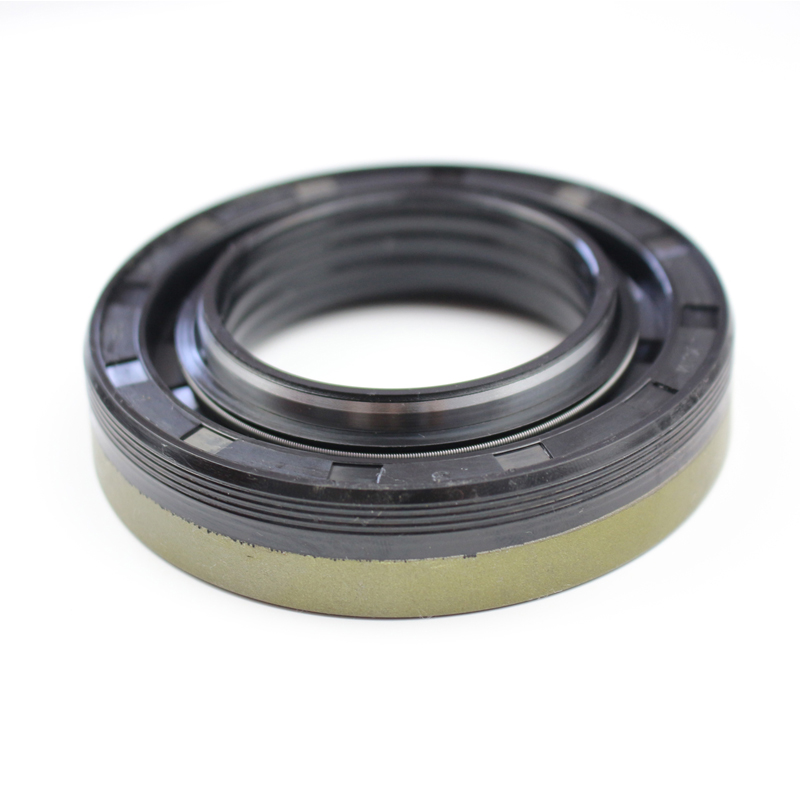Understanding the Importance and Function of Crankshaft Seals in Engine Performance
Understanding Crankshaft Seals Importance, Types, and Maintenance
The crankshaft seal is a crucial component in any internal combustion engine, serving a vital role in maintaining the efficiency and longevity of the engine. This small yet significant seal helps prevent oil leaks, ensuring that the engine operates smoothly and effectively. In this article, we will explore the importance of crankshaft seals, the different types available, and tips for maintaining them to enhance engine performance.
Importance of Crankshaft Seals
The primary function of the crankshaft seal is to prevent engine oil from leaking out of the crankcase. The crankshaft, which converts linear motion from the pistons into rotational motion to drive the vehicle, operates within a sealed environment. The seal acts as a barrier, keeping the lubricating oil contained within the crankcase while also protecting the engine from dirt, debris, and contaminants that could cause damage.
Oil leaks can lead to various problems, including decreased engine performance, poor fuel efficiency, and increased wear on engine components. An insufficient oil supply can result in severe engine damage, leading to costly repairs. Therefore, maintaining a functional crankshaft seal is essential for any vehicle owner looking to extend the life of their engine.
Types of Crankshaft Seals
Crankshaft seals come in different designs and materials, catering to various engine types and requirements
. The two most common types are1. Single-lip seals These are the most basic type of crankshaft seal, consisting of a single lip that contacts the crankshaft. They are effective in preventing oil leaks but may wear out more quickly than other types, especially in high-performance or high-mileage engines.
2. Double-lip seals These seals feature two sealing lips and often include an additional dust shield. The double-lip design offers superior protection against oil leaks and external contaminants, making them ideal for harsher operating conditions or vehicles that experience frequent stop-and-go traffic.
crankshaft seal

The material of the seal is also a critical consideration. Common materials include rubber, silicone, and fluoropolymer compounds. Each material has its own advantages and disadvantages in terms of temperature resistance, flexibility, and durability.
Signs of a Failing Crankshaft Seal
Recognizing the symptoms of a failing crankshaft seal can save you from more extensive engine damage. Some common signs include
- Oil spots or puddles under the vehicle A clear indication that oil is leaking from the crankcase. - Oil on the engine components If you notice oil accumulation on the sides of the engine or around the crankshaft area, it could be a sign of a compromised seal. - Low oil levels If you find yourself constantly topping up your engine oil, it may be due to a leaking crankshaft seal. - Burning oil smell If oil escapes from the crankcase, it may come into contact with hot engine parts and produce a burnt smell.
If you notice any of these symptoms, it is crucial to have your vehicle inspected by a qualified mechanic. Prompt diagnostics and repairs can prevent further damage and costly repairs down the line.
Maintenance Tips
To prolong the life of your crankshaft seal, consider the following maintenance tips
- Regular oil changes Keeping the engine oil clean and at the proper level helps reduce strain on the seal and minimizes wear and tear. - Inspect the seal during repairs Whenever your engine is disassembled for repairs, take the opportunity to inspect the crankshaft seal for signs of wear or damage. - Use quality parts When replacing a crankshaft seal, opt for high-quality OEM or aftermarket parts that meet or exceed manufacturer specifications.
In conclusion, the crankshaft seal is a small yet crucial component that plays a significant role in maintaining engine performance and longevity. Understanding its importance, recognizing the signs of failure, and adhering to proper maintenance practices can help vehicle owners ensure their engines run smoothly for years to come. Maintaining your crankshaft seal not only protects your engine but also contributes to the overall health of your vehicle.
-
The Ultimate Guide to Boat Propeller Bearings and Trailer Wheel Bearings
News Jul.31,2025
-
The Essential Guide to Marine Bearings and Boat Trailer Wheel Bearings
News Jul.31,2025
-
The Complete Guide to Heavy Duty Seals: Protecting Doors and Spaces Efficiently
News Jul.31,2025
-
Essential Guide to Marine Shaft Bearings and Boat Trailer Axle Bearings
News Jul.31,2025
-
Comprehensive Guide to Marine and Trailer Bearings for Safe Boating and Transport
News Jul.31,2025
-
Comprehensive Guide to Automotive Oil Seals: Protecting Your Engine and Shafts
News Jul.31,2025
-
Understanding Automotive Oil Seals: Essential Components for Engine and Shaft Protection
News Jul.30,2025
Products categories















